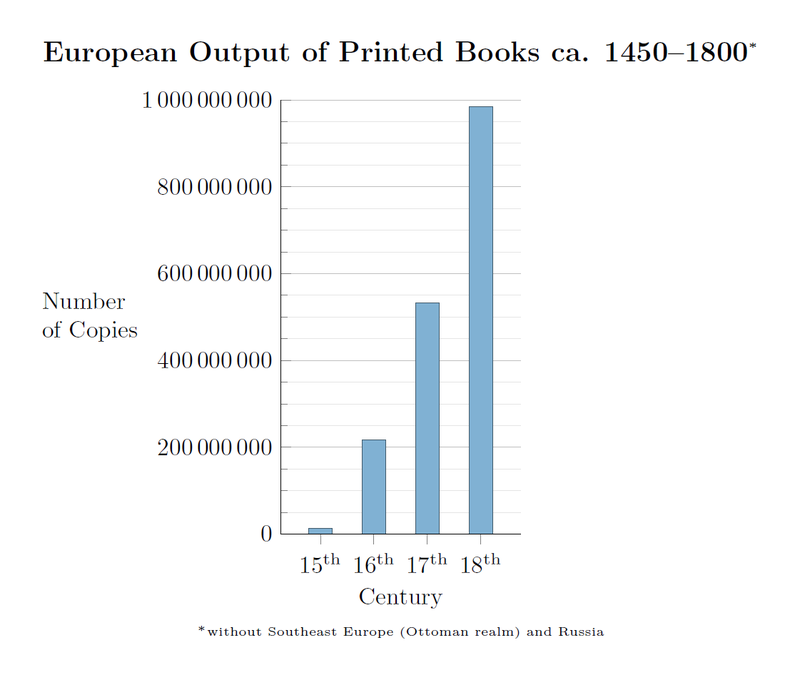#006 - Potted History of Book Cover Design
Mostly from the Instagram of celebrated contemporary designer, gray318 (AKA Jon Gray).
They say “Never judge a book by its cover”
..but isn’t that what we all do?
Let’s learn more about book covers:
Middle Ages
19th Century
20th Century
Today
Middle Ages
From as early as the 3rd century, right up until the early 19th century, books were considered treasured, precious possessions - things to be guarded, hoarded, and protected. Not only were the texts themselves often sacred and religious, reserved for and created by highly educated monks, but the materials of the books themselves were valuable (Guillermou, 2017). Illuminated manuscripts, such as the Book of Kells (above), were handwritten with their covers lavishly decorated in jewels, gold and silver, and their insides written in inks made of precious pigments such as indigo or lapis lazuli (‘Book of Kells’, 2005).
“If we take into account the fact that before 1450 each line was handwritten, decorated with gold illuminations, and that the covers are works of art in their own right, we understand better why its form was as precious as its content.”
(Guillermou, 2017)
It wasn’t until 1450 when Gutenberg invented the first modern printing press that books began to become more common. This is described by historians as ‘the printing revolution’ for a reason: it marked a turning point in human history, when the written word could now be mass produced at a fraction of the cost of handwritten manuscripts. Just look at the chart below to see the massive explosion in book production following Gutenberg’s press.
(Guillermou, 2017)
19th Century
In the stretch from the Middle Ages to the 19th Century, books became increasingly commonplace items, though were still prohibitively expensive for many. From the 16th to 19th century, it was customary for books to be sold uncovered, “with only a temporary seam, and wrapped in paper” (Guillermou, 2017). It was the responsibility of the buyer to take the book and have it assembled and bound, making your own choice of materials, paper, and techniques used on the cover such as embossing or gilded edges (I’m not sure you can get that down the local Waterstones anymore).
As we enter the 19th century, and the era of mass industry looms, printers begin to bind books as part of the manufacturing process, so the art of visiting a specialist binder started to die away. As machines and presses became more and more advanced, the methods of printing became simpler, faster and therefore more cost efficient to operate (Guillermou, 2017). As books became easier to produce, they became easier to sell, and so they became a marketable commodity. Enter: design and illustration.
“a book's cover took on added importance: it was no longer merely a functional protection for the pages but instead a key platform through which to communicate and sell the book”
(Green, 2019)
Continuing the medieval tradition, book covers started again to be decorated lavishly and carefully as attractive books became a desirable commodity and fashionable gift. The more lovely the cover, the better the gift and the better the book looked on your shelf.
In 1840, the invention of the chromolithography printing technique marked another watershed moment in book cover history as this method, which employed four-colours similar to modern CMYK printing, allowed for even more elaborate and colourful visuals.
20th Century
Following the upheaval of the 19th century, when industrialisation swept most of the world, the 20th century came along and said “right, I’m going to do one better” bringing with it 100 years of the most rapid advancement (and suffering) in human history.
Two World Wars finally put to bed the era of illustrated book bindings, as fashions changed and everyone pulled their socks up as money was tight. What followed was a shift from illustrations on book bindings, to the illustrated paper covers which we are more familiar with today - the paperback was born (Guillermou, 2017).
The publishing of the first Penguin books by Allen Lane in 1935 marks another key moment in book cover history. The now iconic cover designs were part of Lane’s vision: “to make quality books available to all at low prices” (Penguin, 2023). The books cost sixpence (approx 2.5p today) and were ingeniously colour-coded: “orange for fiction, blue for biography and green for crime”. By 1936, ten months after the company launched, 1 million Penguin books had been printed (Penguin, 2023). My book of choice for this project, To Kill a Mockingbird by Harper Lee, was first published in the UK by Penguin in 1960.
Today
Not quite sixpence, but not a bad deal for today! - photo taken in HMV, February 2023.
The rapidly shifting styles and fashions for book covers over the next few decades would be a bit too complex to condense into this short history, but suffice to say that just as Gutenberg’s printing press had created a printing revolution, the introduction of computerisation into the design process the 70s, 80s and 90s led to the birth of digital printing and created a digital revolution, opening up the market to millions of new readers as well as new designers and illustrators around the world.
From precious objects, toiled over by learned monks in remote monasteries, to fashionable gifts for well-heeled Victorians, to paperbacks for available for all, to the brief and unpleasant point in time where we all thought Kindles would replace the book (let’s not talk about that!), bringing us neatly up to the present day as I write this blog: the book cover clearly has a rich and fascinating history that’s tied up with the evolution of humanity itself. Perhaps now, you won’t feel so bad for judging a book by its cover.
Thanks for reading my blog.
References
Guillermou, T. (2017) A short history of book cover design – 1/4. Available at: https://www.grapheine.com/en/history-of-graphic-design/history-of-book-covers-1 (Accessed: 14/2/23).
Guillermou, T. (2017) A short history of book cover design – 2/4. Available at: https://www.grapheine.com/en/history-of-graphic-design/history-of-book-covers-2 (Accessed: 14/2/23).
Guillermou, T. (2017) A short history of book cover design – 3/4. Available at: https://www.grapheine.com/en/history-of-graphic-design/history-of-book-covers-3 (Accessed: 14/2/23).
'Book of Kells' (2005) Wikipedia. Available at: https://en.wikipedia.org/wiki/Book_of_Kells (Accessed: 15/2/23).
Green, A. (2019) The Art of Book Covers (1820–1914). Available at: https://publicdomainreview.org/collection/the-art-of-book-covers-1820-1914 (Accessed: 17/2/23).
Penguin (2023) Our timeline. Available at: https://www.penguin.co.uk/company/about-us/company-history/company-timeline (Accessed: 17/2/23).





